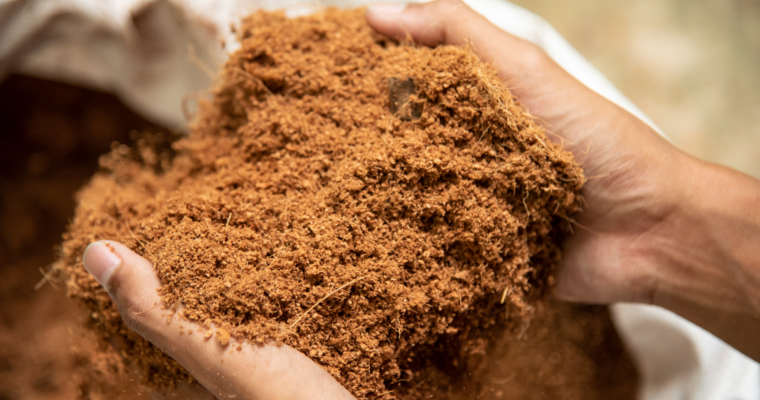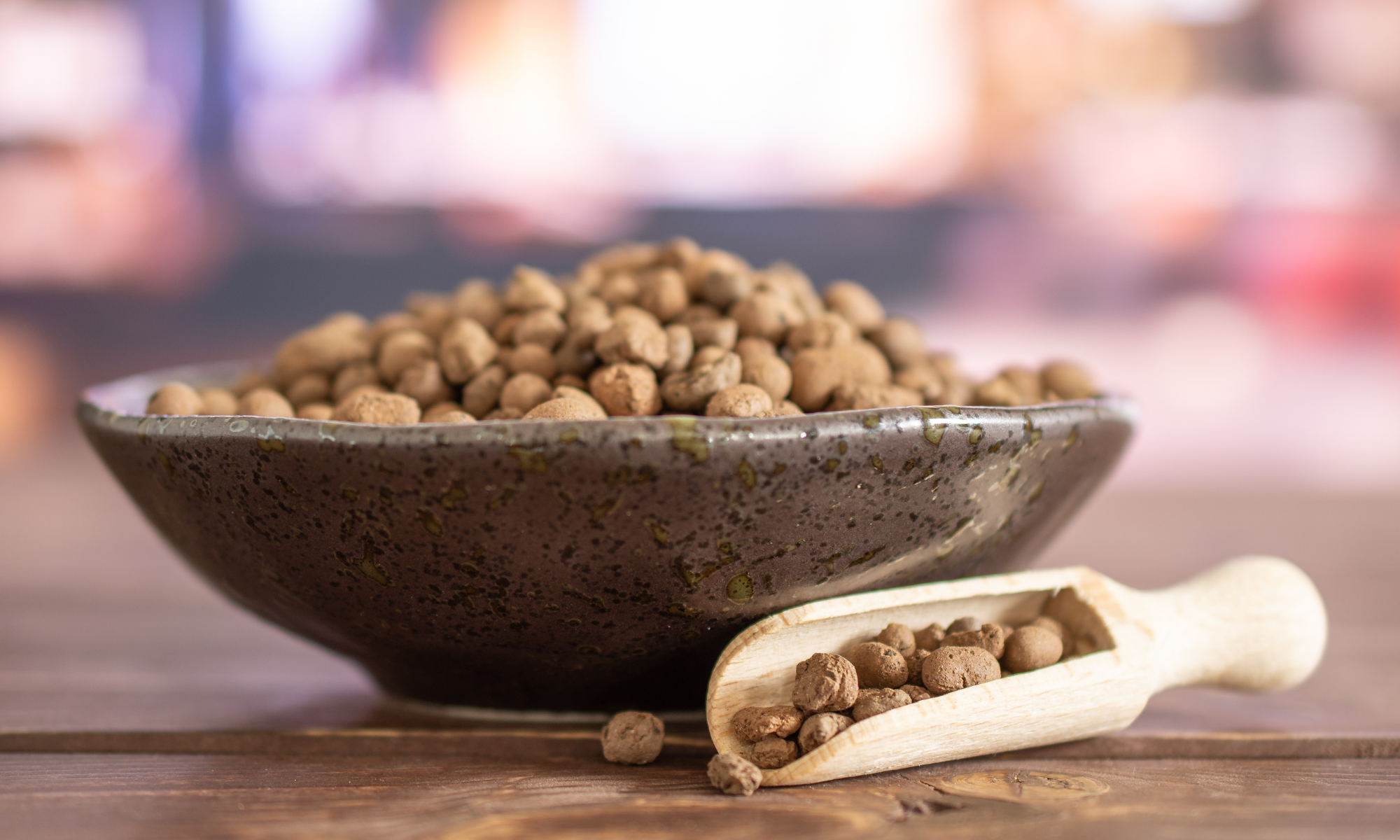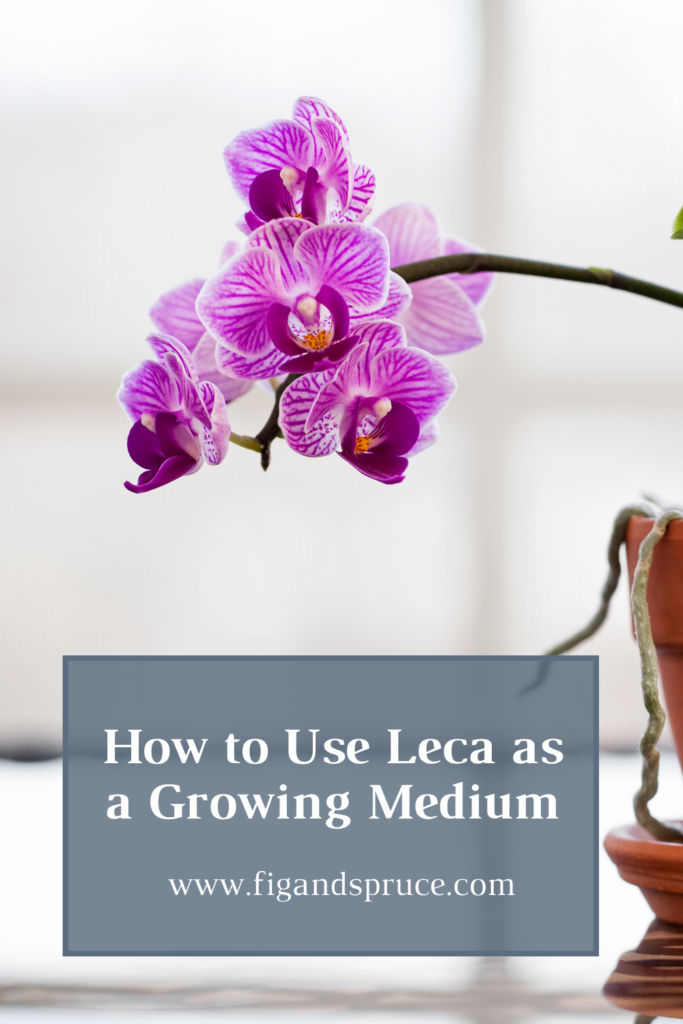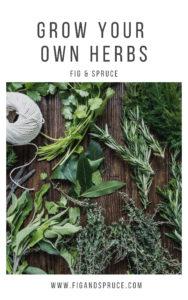Plants that Love Leca as a Growing Medium
Ever wondered what types of plants love leca as a growing medium? If you follow our content or get our newsletter, you know we love using leca in gardening. Leca is a more niche growing medium in the gardening industry, but its been growing in…






